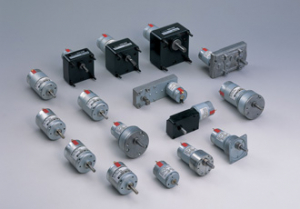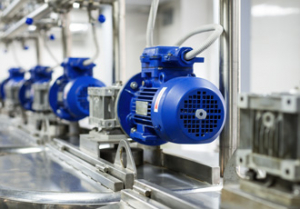Repeat of 2010's winter could see UK factories shut

As well as the cold, winter in Britain has its upsides - Christmas, log fires, the chance of snow and, most importantly, a holiday from work. However, winter can also spell blackouts and more time off than expected for some factories if the weather gets bad enough. The National Grid warned in its latest winter outlook report that another UK winter like the one witnessed in 2010 could see factories paid to shut down at peak times to save energy.
The report revealed that this winter the capacity margin - the gap between the total electricity generating capacity and peak demand - was expected to be the narrowest for eight years: 4.1%, narrowing to 2.8% in the event of a serious winter. The strain a serious cold snap would cause on the network could see Britain turning to last resorts; factory shutdowns and firing up unused power plants.
In 2010, Britain was on the receiving end of the coldest winter since Met Office records began in 1910, with a lowest recorded temperature of -21°C in Altnaharra, Scotland. Another drastic winter like 2010 would leave the National Grid unable to meet its basic reserve requirement of spare capacity needed to run the system. The electricity and gas utility company would be forced to resort to a contingency plan that was drawn up earlier this year.
The National Grid has agreed with 431 industrial sites that they will shut down at peak hours if necessary. Furthermore, contracts are in the process of being agreed with power stations across the UK to provide reserve capacity. An alternative method of coping with the increased demand would involve ‘brownouts’, a reduction in supply voltage, effectively dimming lights.
European Automation believes that the quick, easy fix to the energy shortage conundrum is for industry to become more energy efficient.
Let's take electric motors, for instance, which consume vast amounts of electricity. About 65% of UK industrial energy use, equivalent to around 25% of total UK consumption, comes from running these power-hungry units.
If factories were to employ more efficient motors or even decreased speeds where possible, both energy usage and cost would be reduced. Even a small reduction in rotational speed can mean significant savings in the energy consumed by a motor. A Variable Speed Drive (VSD) can reduce energy consumption of a motor by as much as 60%.
To calculate how much energy could be saved by employing VSDs to control pump and fan applications, GAMBICA's VSD Energy Saving Calculator can be downloaded online.
So let's say you had a 90kW motor running eight hours a day, seven days a week, 50 weeks a year. According to the calculator, the installation of a VSD to the circuit would mean a 20% reduction in speed and a whopping 49% energy saving, saving over £12,000 per annum. Extrapolate this calculation to multiple motors, then to a whole factory, then to the entirety of industry in the UK, and just imagine the staggering savings in energy, emissions and money.
If the more conscientious factories out there decide to take a more pro-active approach to their energy efficiency, electric motors would be a fantastic place to start, with the savings in cost providing a reward for investment.
Similar articles
More from European Automation
- What are the benefits of going obsolete? 16th November 2015
- Efficiency clarifications 8th April 2015
- Energy Savings Opportunity Scheme's impact on UK industry discussed 6th March 2015
- Repeat of 2010's winter could see UK factories shut 22nd January 2015












Write a comment
No comments